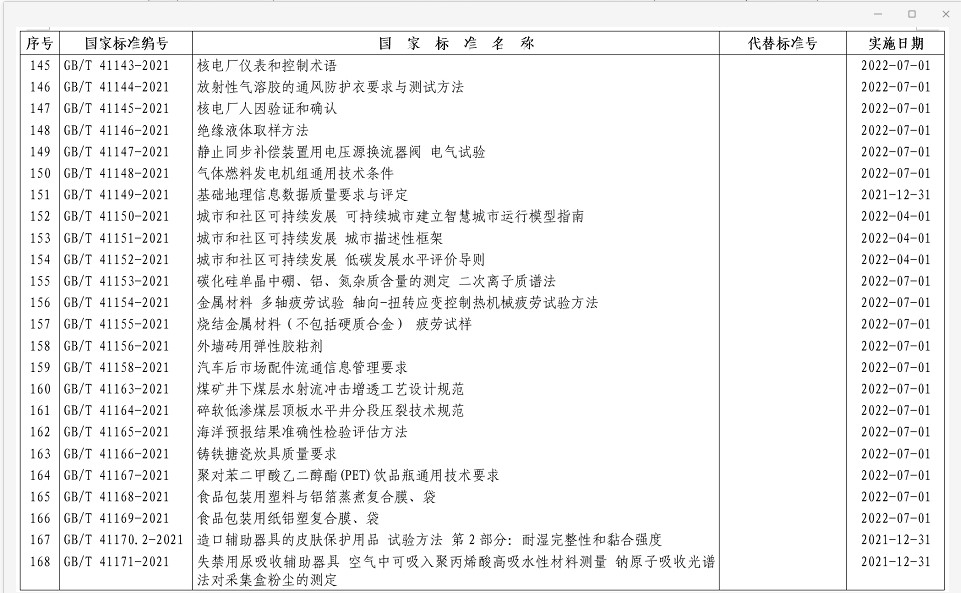Recently, two national standards "Sustainable Development of Cities and Communities: Urban Descriptive Framework"(GB/T 41151-2021) "Sustainable Development of Cities and Communities Guidelines for the Evaluation of Low-Carbon Development Levels"(GB/T41152-2021) Led by the Institute of Urban Environment, Chinese Academy of Sciences was officially released and will be implemented on April 1, 2022.
With the acceleration of industrialization and urbanization in our country, cities have become areas with high energy consumption and carbon dioxide emissions. "Sustainable Development of Cities and Communities: Urban Descriptive Framework" (GB/T 41151-2021) is a strong support for the standardization of urban sustainable development. Through the theory of urban anatomy, this standard describes urban ecosystems as three main fundamental systems: physical structural systems, social systems, and interacting systems in which society interacts with structure. It aims to provide a common language for urban governance and transformation to describe urban ecology through a complete set of urban frameworks, which can be used to help governments, businesses, non-profit organizations, the public and other relevant institutions to better understand urban systems and their interactions. Optimizing the urban governance structure is one of the important contents of developing the basic standard of urban sustainable development and the standard of urban sustainable development management system.
The "Sustainable Development of Cities and Communities Guidelines for the Evaluation of Low-Carbon Development Levels" (GB/T 41152-2021) is a standardization requirement for low-carbon development at the urban level in our country under the background of the "30?60" national major strategy of carbon peaking and carbon neutrality. A set of urban low-carbon development level evaluation method system is established on the basis of reference to relevant research and practice at home and abroad. The evaluation of the low-carbon development level of a city is aimed at realizing the low-carbon development of the city. On the one hand, managers within the city can use the evaluation of the low-carbon development level as a tool for climate change management, and use this tool to obtain reliable and verifiable information, to determine whether carbon emission indicators meet their targets, so as to encourage cities to take more powerful low-carbon development measures; on the other hand, the national climate change management department can use the low-carbon development level evaluation as a comparison between similar cities to determine the level of low-carbon development and its distribution in different cities, so as to promote similar benchmarking and improve the overall low-carbon development level. The standardized evaluation method for the evaluation of urban low-carbon development level is a major innovation in the world. It is also an independent development project in the field of climate change management in our country, which is conducive to improving the level of urban low-carbon development.


Partial list of national standards